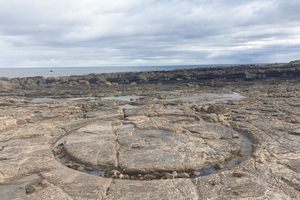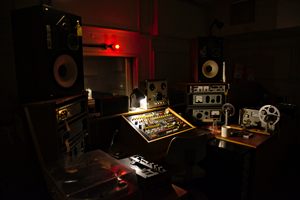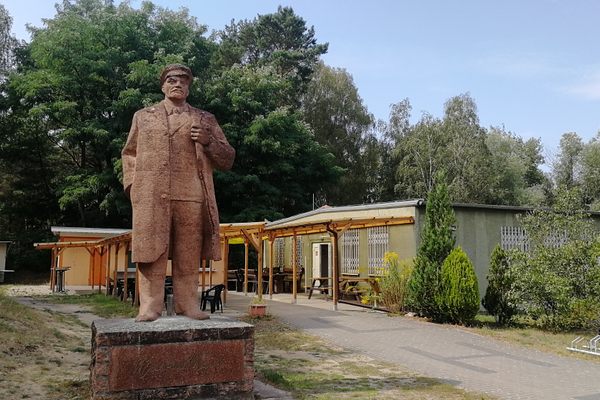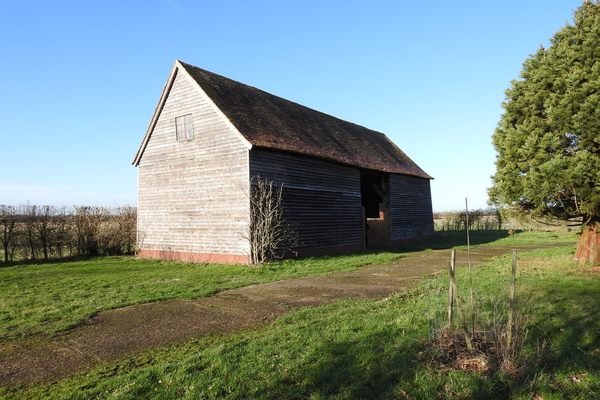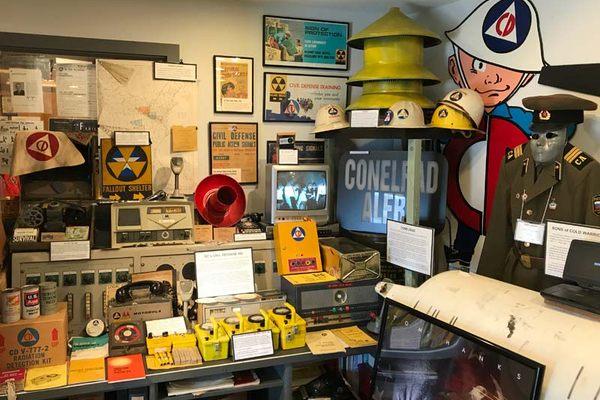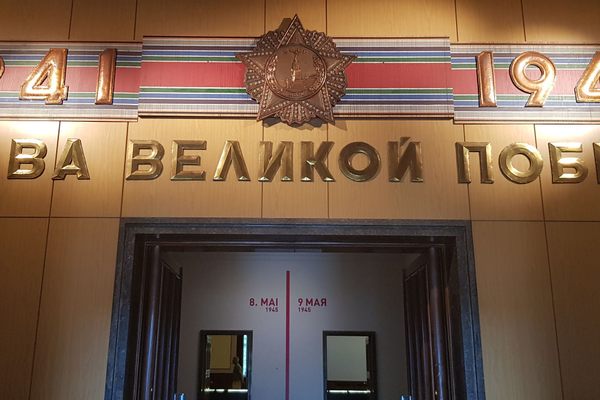About
This old airfield is said to be one of the best-preserved World War II airfields in the country. There are still four runways in good order and a number of airfield buildings on site, including a unique hangar, the Northlight Hangar.
The place first operated as a Royal Navy and then an RAF airfield toward the end of World War I. It then reopened in World War II as a naval air station primarily operating Swordfish torpedo biplanes. During the cold war, the station later became the site of the Joint Services School for Linguists. It’s here when the story really gets interesting.
During this time, the United Kingdom still had conscription (the draft). Selected army, navy, and air force conscripts were provided with intensive training at the Joint Services School for Linguists. This assignment was popular among the young enlisted men, as it was far more comfortable (and safe) than frontline service.
The school trained linguists mainly in Russian, but also taught Polish, Czech, and Mandarin. There are reports the site also taught interrogation techniques. The Soviets became interested in the school because they (correctly) believed many of the linguists would be employed to listen in on Warsaw Pact communications. Apparently, they also believed (claimed not to be correct) that the school was used to teach languages to officers in the Secret Intelligence Service. Famous British traitor Guy Burgess is reported to have been asked by his handlers to look into the clandestine organization.
The Soviet interest is said to have led the MI5 (the British counter-intelligence service) to open a file on every person who received or provided language training at the school. Apparently, the M15’s inquiry was justified, if somewhat ineffective, since Crail alumnus Geoffrey Prime was convicted of spying for the Soviets over many years in the early 1980s.
The site closed with the end of conscription in 1960. Now, the place is largely a motor sport center called Crail Raceway. It’s used mainly for karting, drag racing, drifting competitions, and "track days" for Scottish speed freaks. With many of the old buildings and airfield infrastructure left intact, it’s still possible to get a good idea of how the site would’ve looked both in World War II and when the Russians were keeping the site under close surveillance.
Related Tags
Know Before You Go
Remarkably, the airfield is still available for use when the runways are not set up for racing. If you do happen to have your own plane, the landing fee is £10 but you need to call the raceway in advance. The part of the site not used for motorsports, including some buildings, is used as a pig farm. So be prepared for the smell.
Flavors of Scotland: Beyond the Haggis
Smoked seafood, single malt whisky, and warm hospitality.
Book NowCommunity Contributors
Added By
Published
May 21, 2018

































